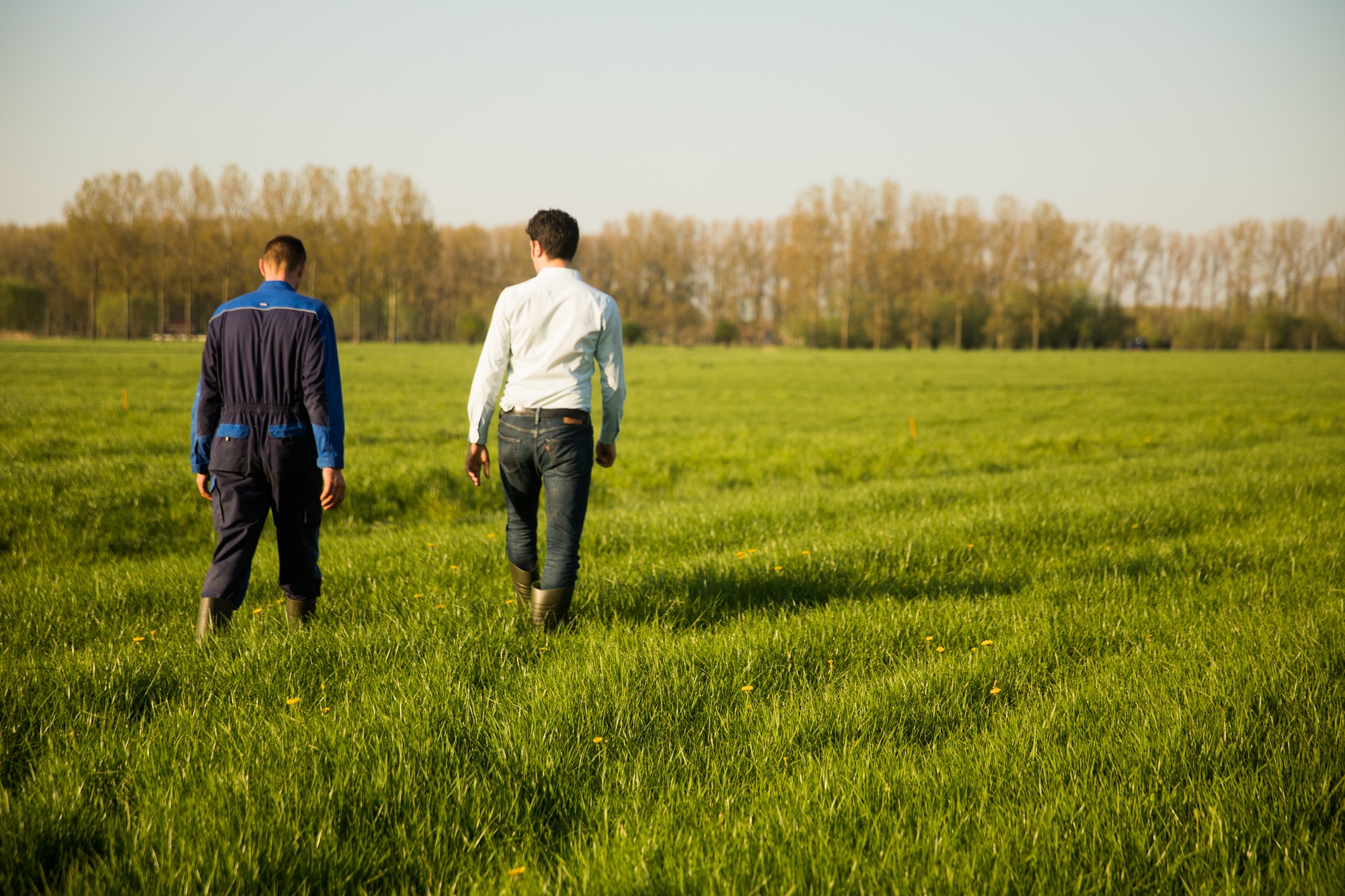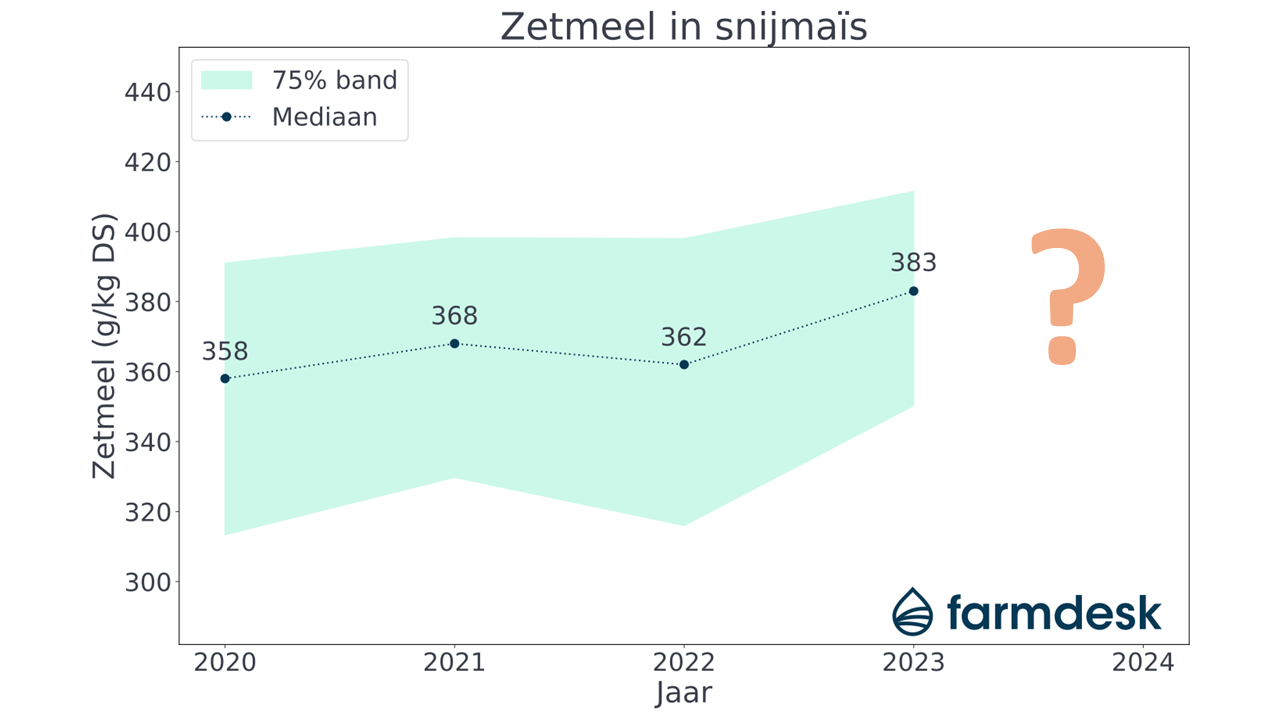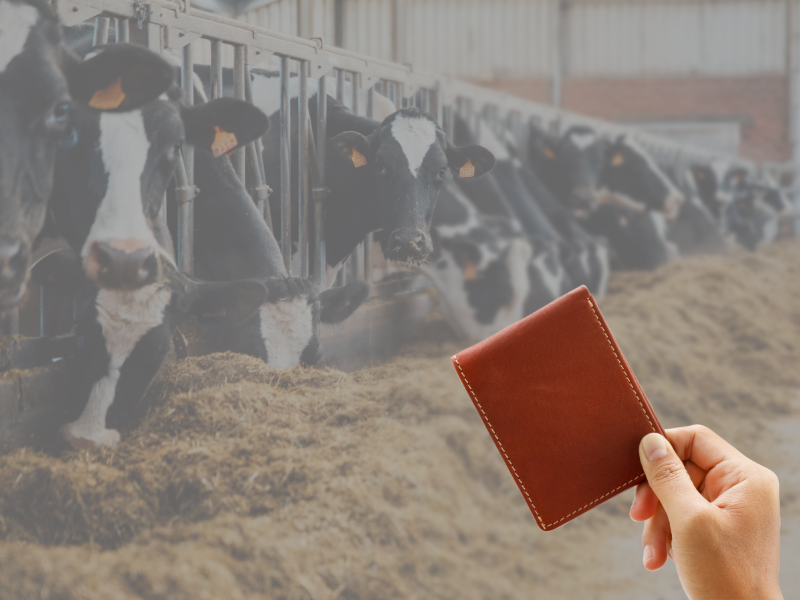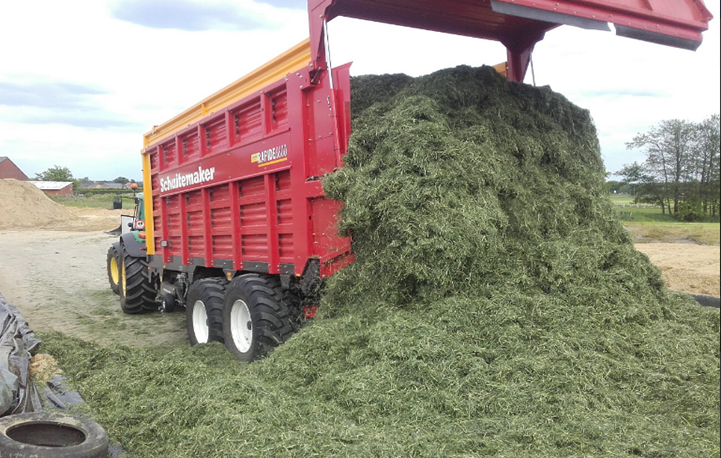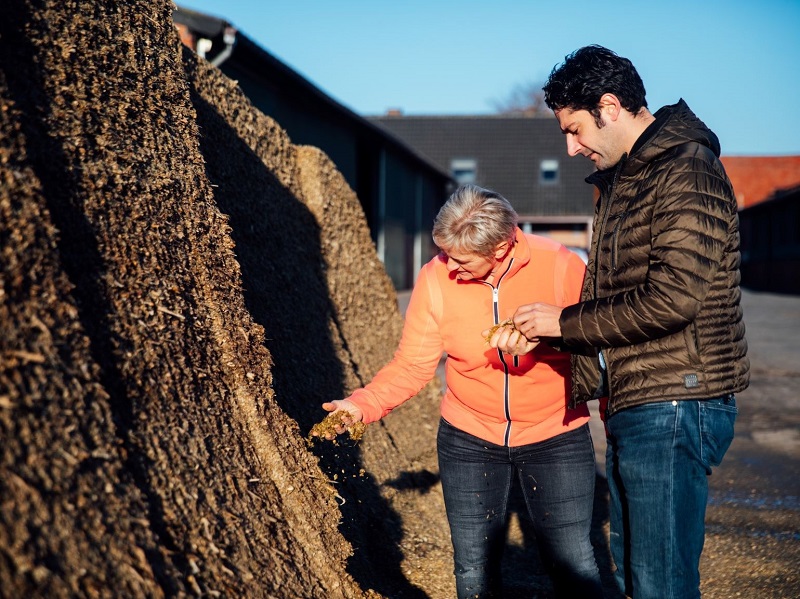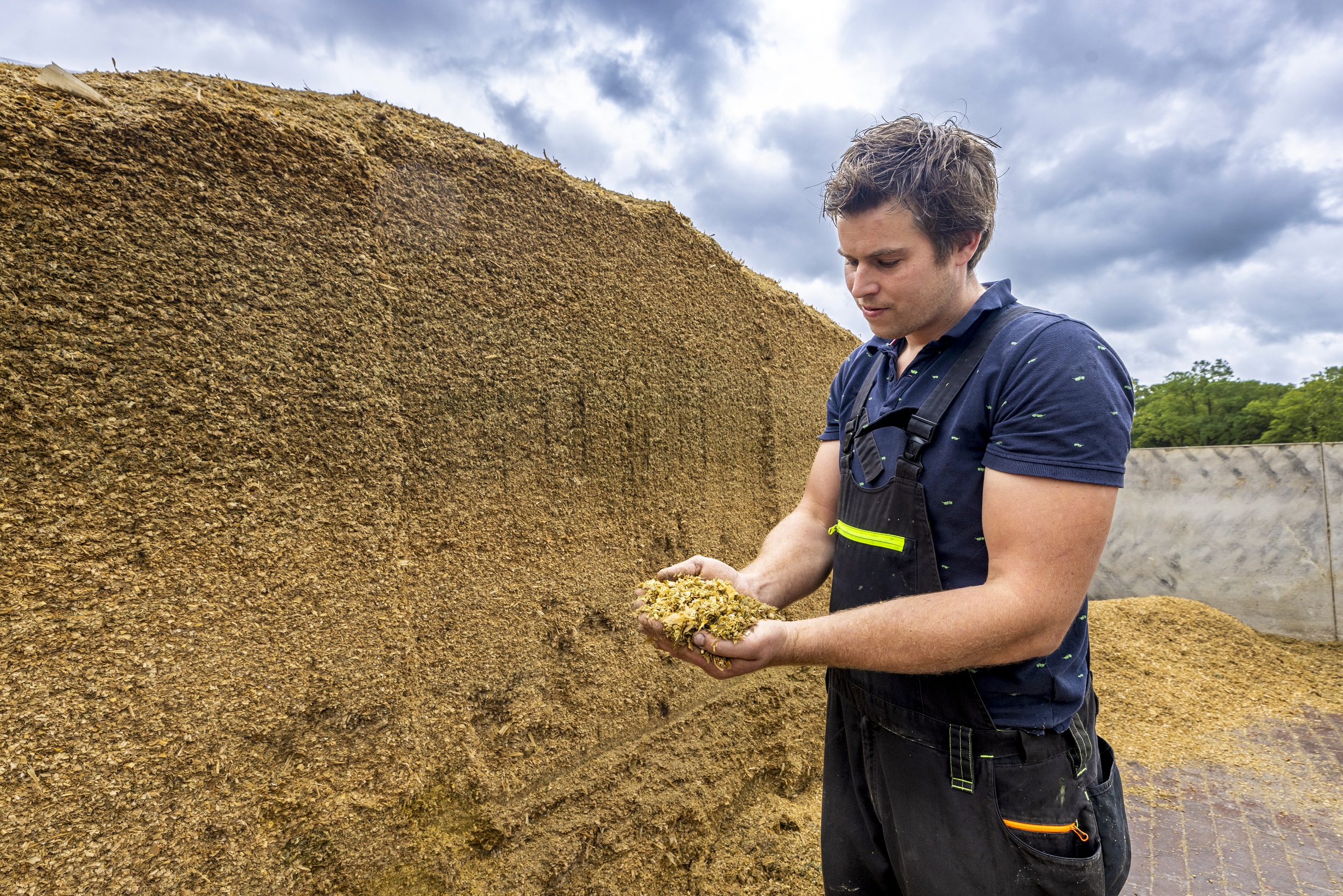The article below is based on grass (clover) analyses of Farmdesk users, spread across the Netherlands and Belgium. For 2020 we had 237 reports, for 2021 we had 598 reports and for 2022 already 349 reports.
What can we learn from the 2022 grass silage analyses? We see in Farmdesk that the drought and heat made them special silages. Different from 2021 and somewhat similar to 2020.
Those who mowed timely in the spring got nice VEM contents and relatively low crude fiber and NDF, ADL values.
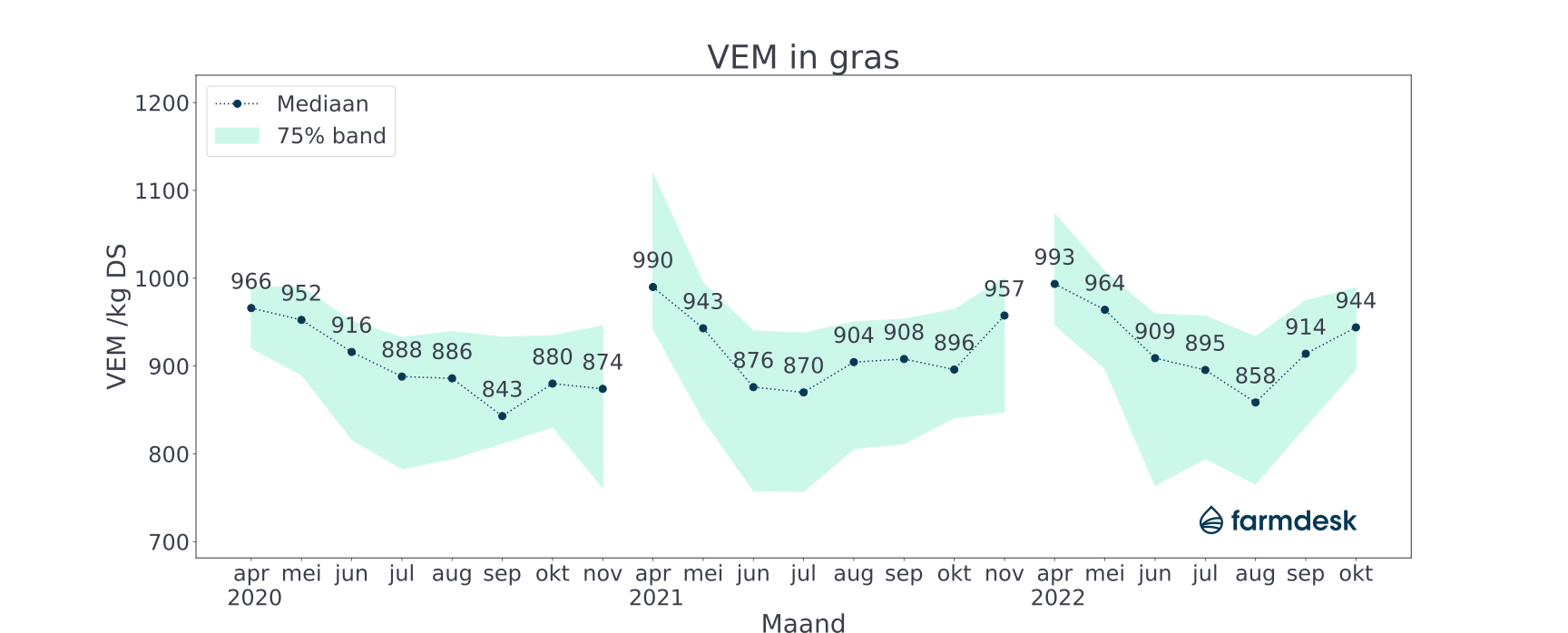
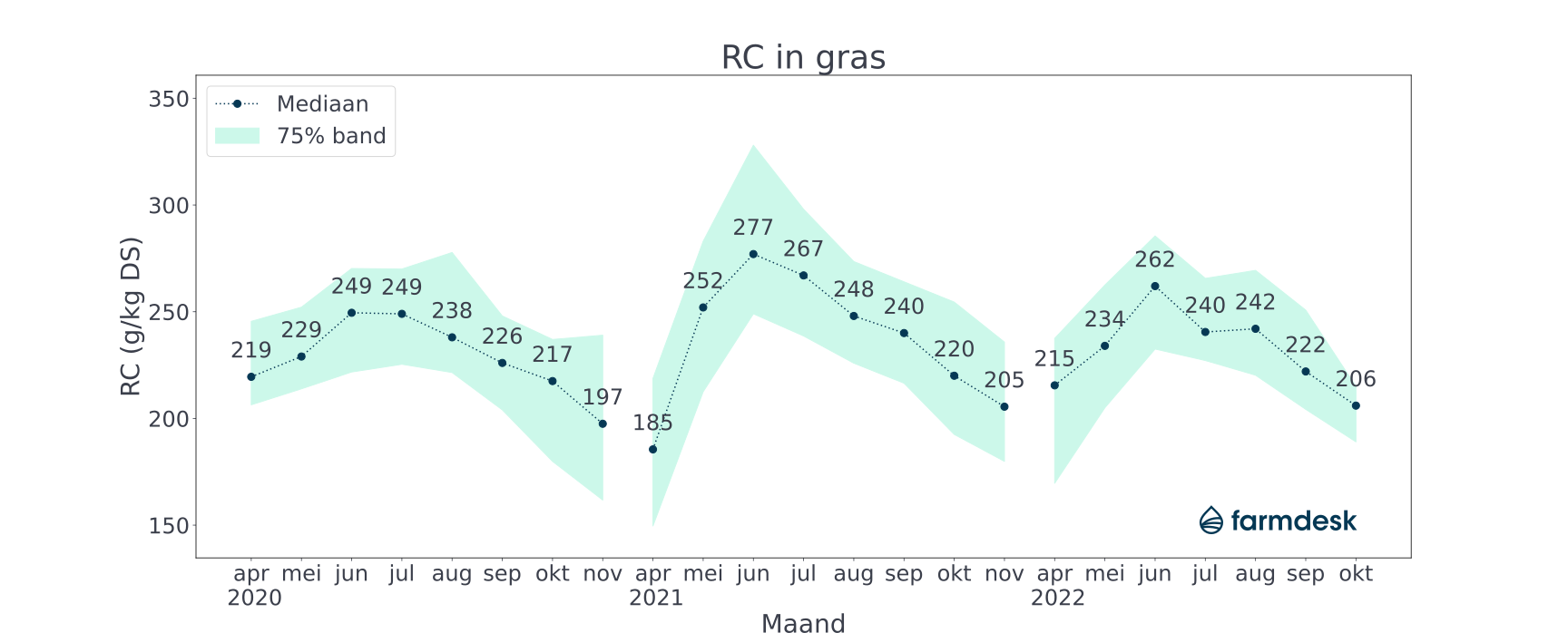
The heat and drought were already making themselves well felt in the spring and these led to additional shedding of the grass despite often youthful mowing in the full summer. In 2021, high crude fiber content was often caused by late mowing, now more likely due to heat and drought stress. Which got worse in July and August, hence the stiff silage from this period.
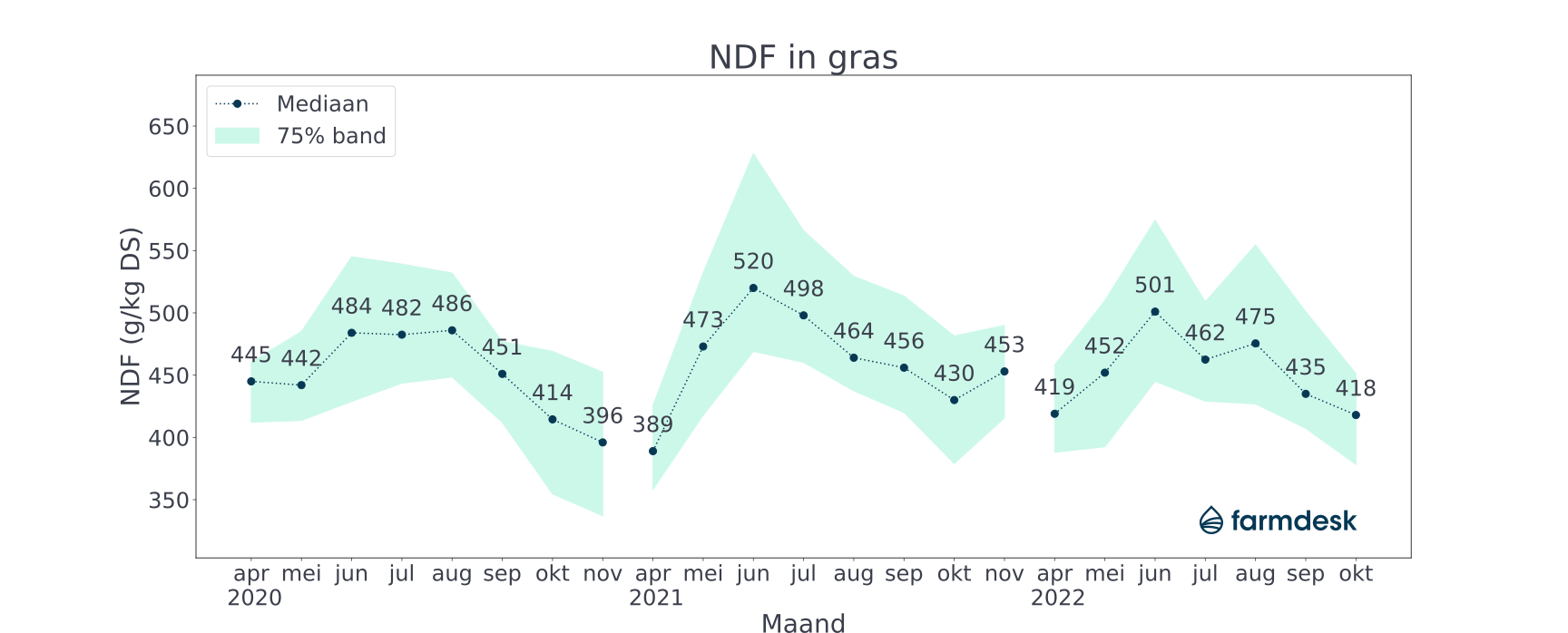
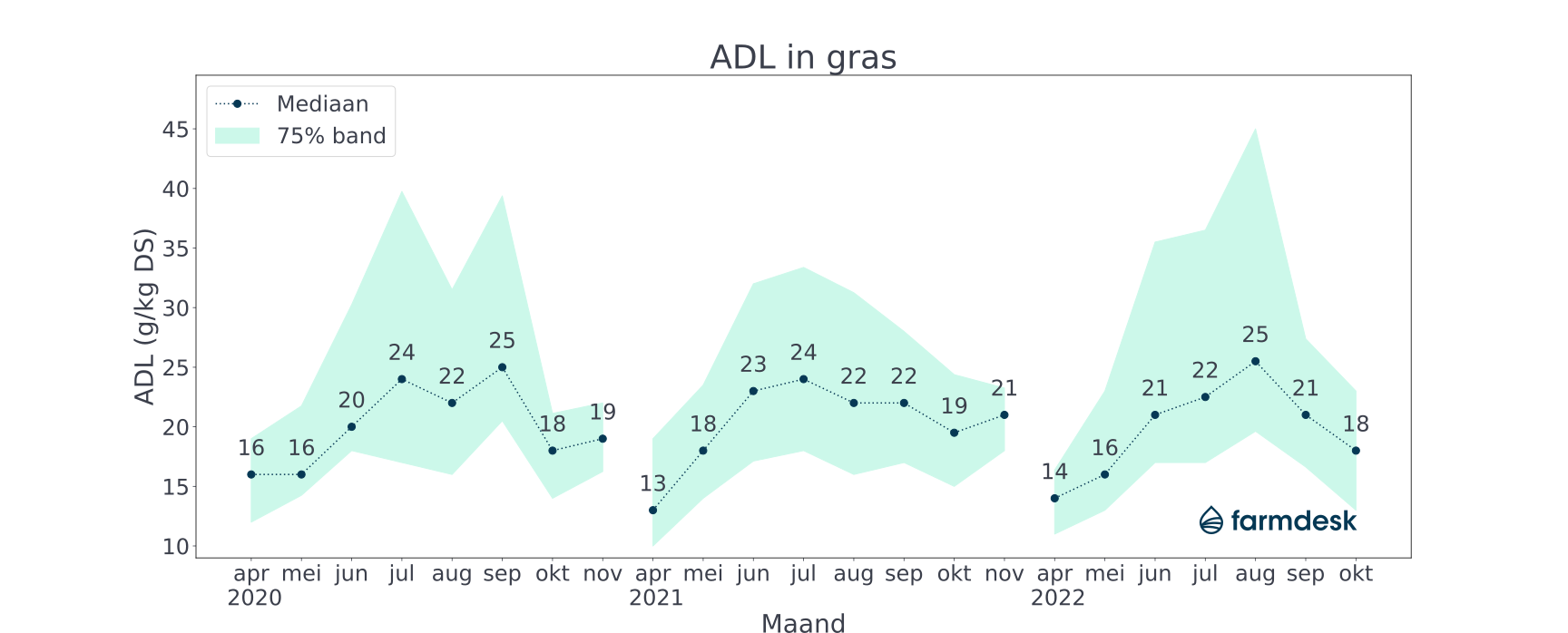
We did see strong shedding in the summer despite limited growth and light cuts due to heat stress and drought. When the growth rate got back on track with the fall rains, the silage again became less rich in slowly digestible cell walls.
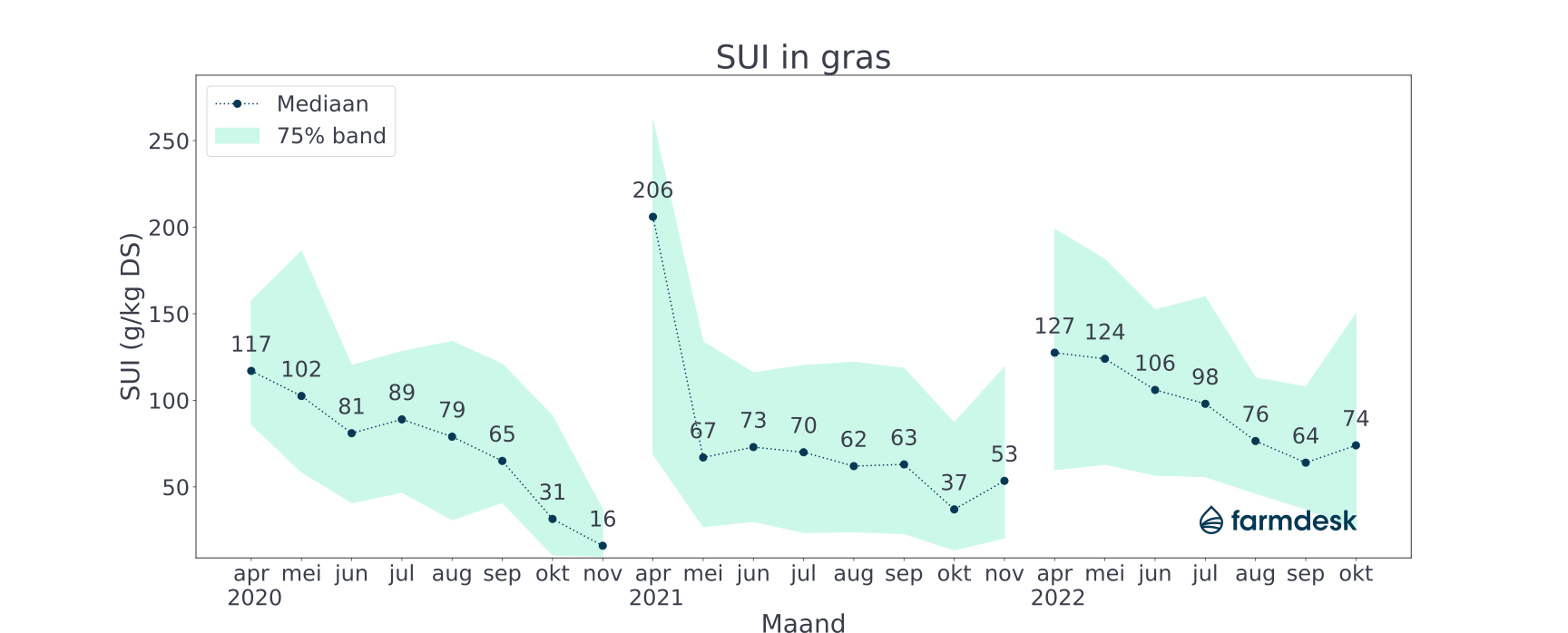
The sugar remained high throughout the summer of 2022 due to the many hours of sunshine while we just missed that in 2021. The beautiful late summer and fall gave even late season quite a lot of sugar in the silage.
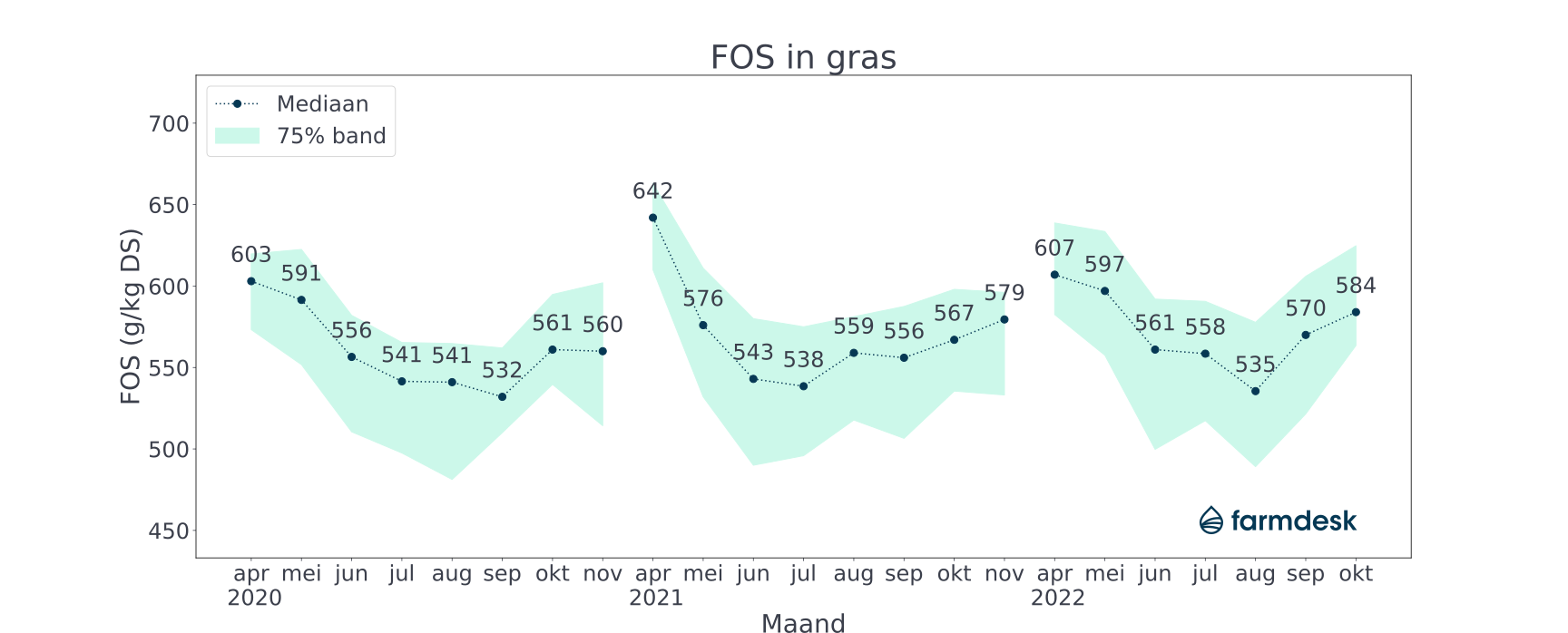
These high sugar levels could provide a strong>sturdy FOS in the spring and fall, but given the stress in the real summer months, the FOS and associated digestion rate lagged during the real summer months. Resulting in sluggish summer silage, which is difficult to combine with often stiff cut corn silage which we discussed in our previous article.
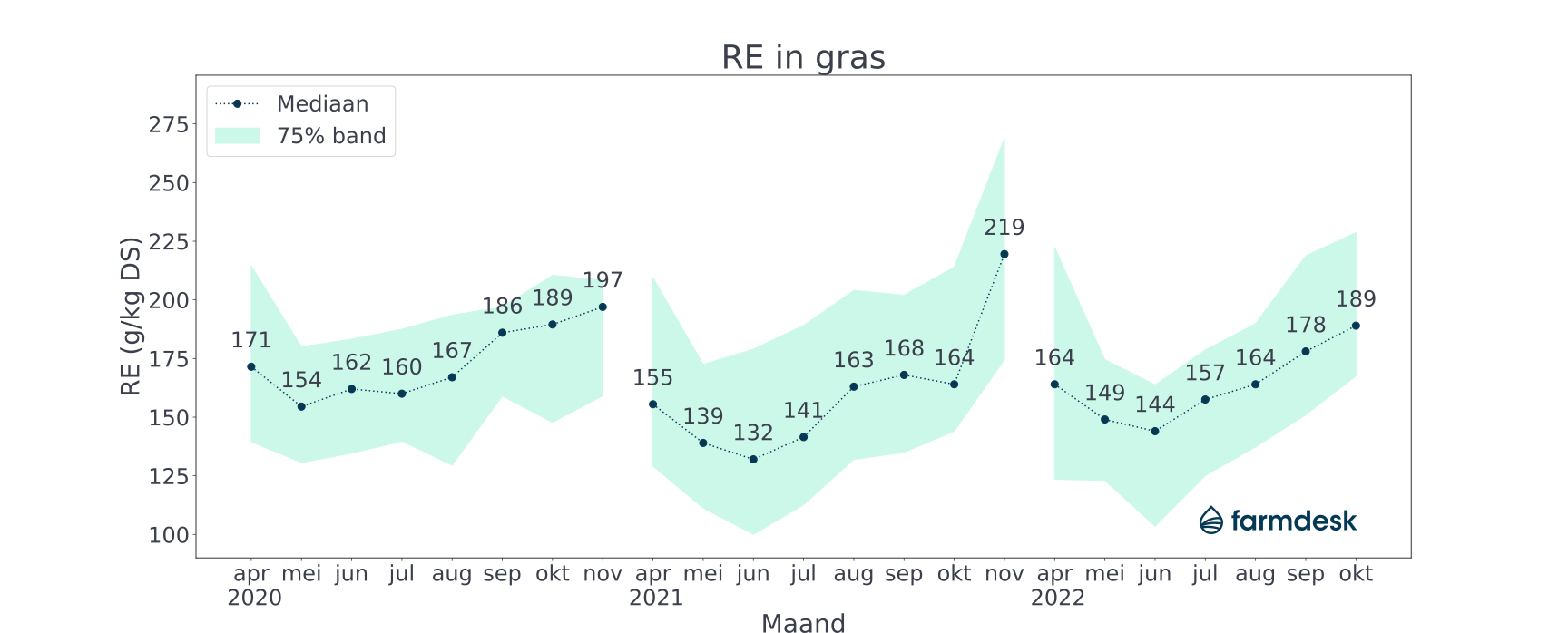
The raw protein levels were regular, especially in the drought period, where there was too little rainfall to get the nitrogen absorbable from animal and even fertilizer. In turn, the nitrogen released in the fall yielded great protein levels in the fall of 2022.
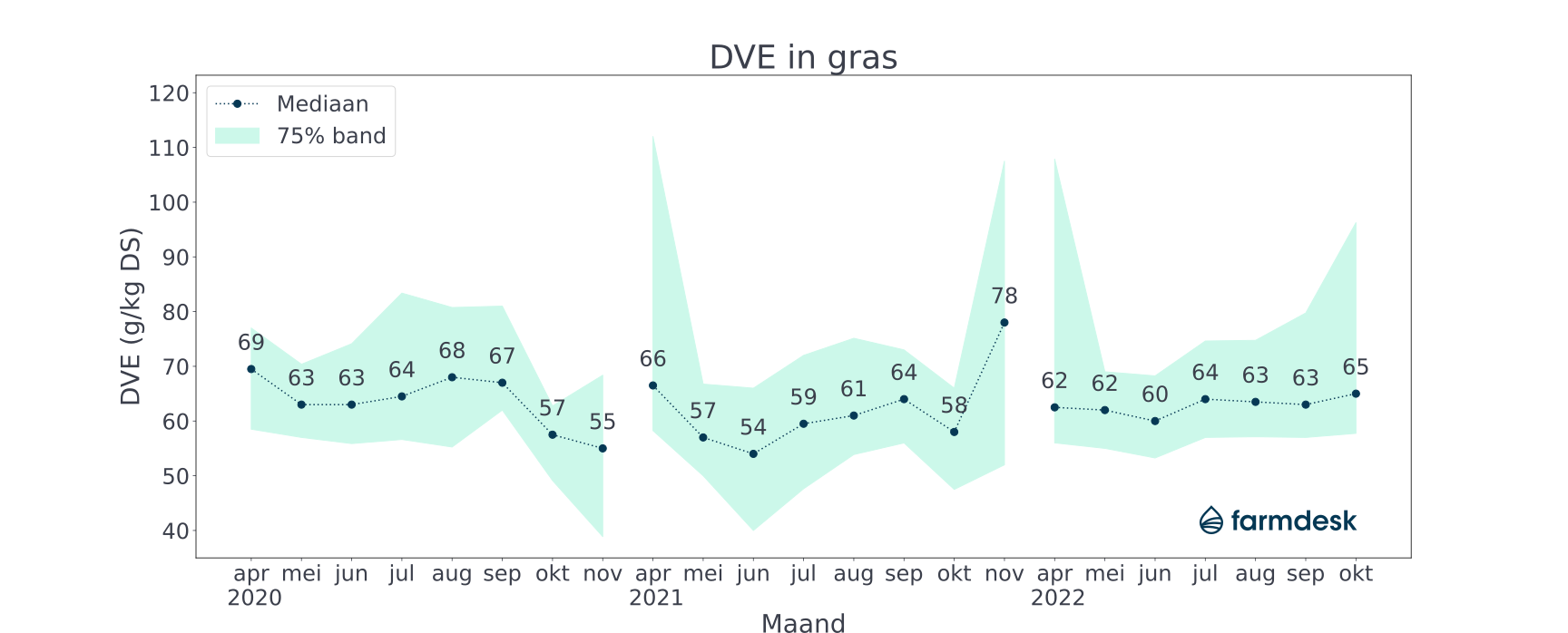
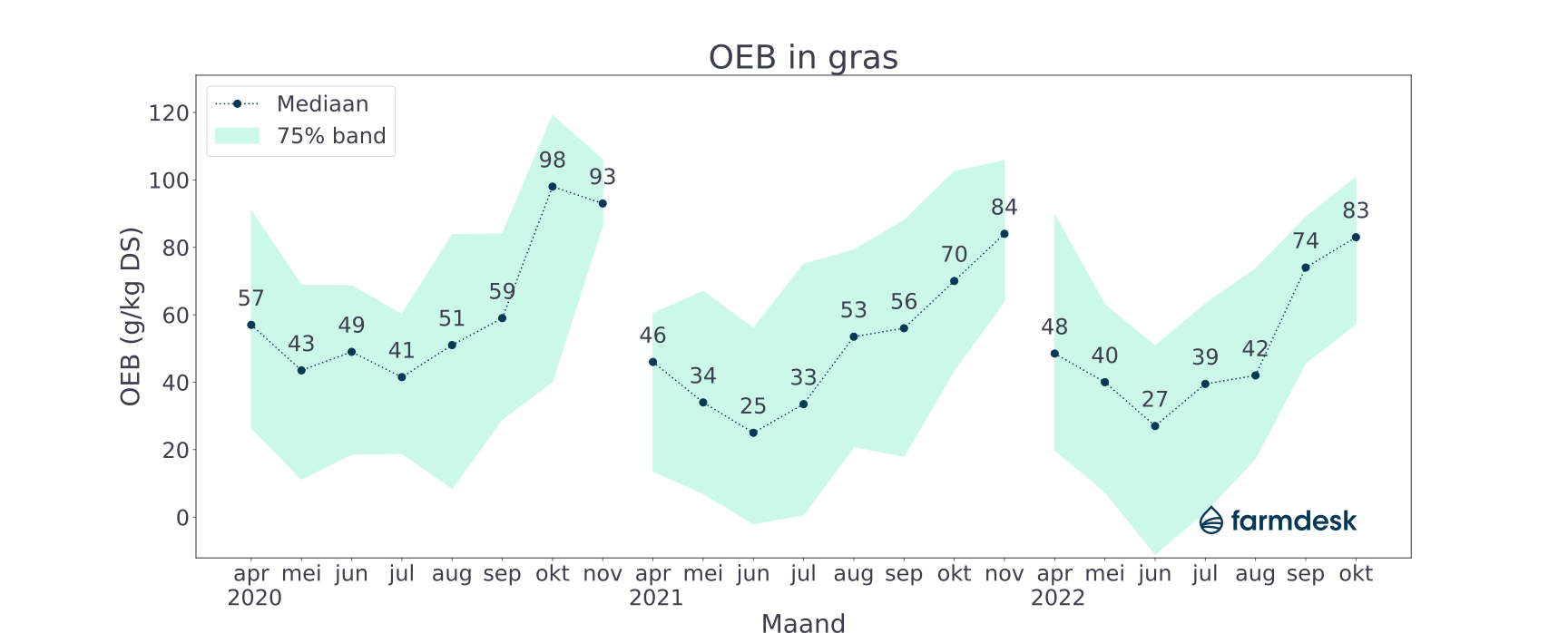
The many sunshine hours allowed the grass and clover to finish the protein nicely to DVE, while the OEB remained rather underwhelming in summer due to the limited nitrogen availability to the plant. Things were different in 2021, when it was the heavy cuts that put strong pressure on protein values.
So we see a nice reflection of the growing season in the silage results.
"With the spring silage and fall silage, we're going to be able to make some nice combinations with the rather stiff 2022 cut corn silage, though. Then again, the tough summer silages are going to combine better with wheat, ample pulp, beets or an additional concentrate supply. So it's going to be an exciting challenge for dairy farmers and Farmdesk to feed cows well during the upcoming winter."
Wim Govaerts


